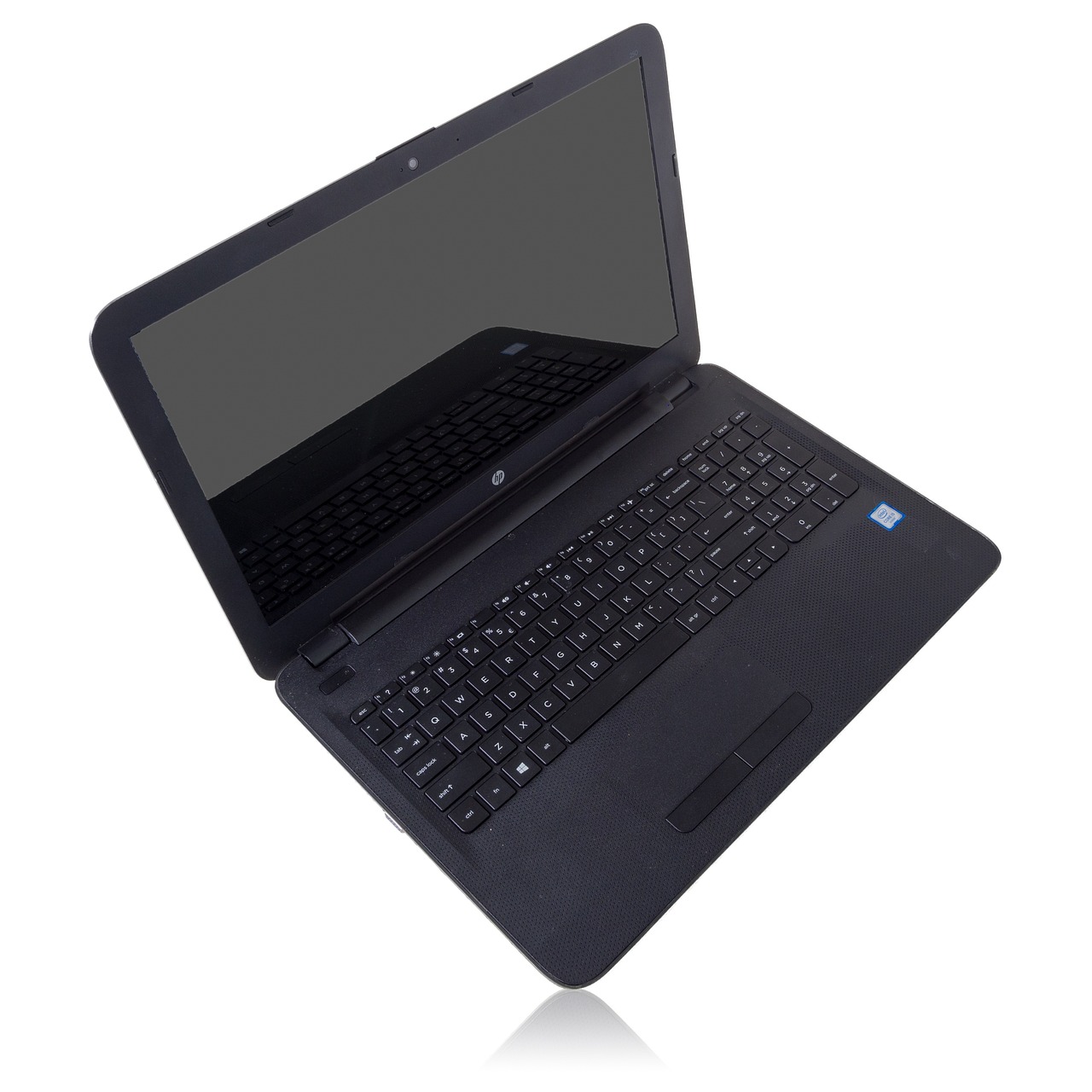#WFH: The New HQ is Home
Certainly, the pace of change has been impacted almost overnight. How we work, where we work and when we work has changed. Large segments of the economy have gone home to work, while juggling homeschooling and space sharing. COVID-19 has accelerated one of the greatest workplace transformations ever. It has sent unemployment rates soaring and triggered uncertainty. Human Resources (HR) managers and Training and Development (T&D) specialists are scurrying to ramp up training on the effective remote workplace. They are creating coaching courses, guides and worker and management training. Working from home has taken the emphasis off of physical space and centered it on worker well-being. Well-being is no longer a “perk”; it is essential. Some workers feel like they have been hit by a tsunami and others feel relief. Most understand this is a revolution where there is no going back. The new normal will not be “normal.” Many people actually say they can get a lot more work done in the remote workplace. They have less interruptions and more concentration. They can be as efficient or more efficient and work half the time. They are not wasting time talking, socializing and gossiping. So much of the workday was previously filled up with unproductive activities and not focused on results. Many say they feel like they are working more, putting in longer hours at home. They feel like they can’t shut it off. Their “on-button” is stuck “on.” Probably the biggest impact is how productivity will be measured. It can’t be measured by going in early and staying late. If you go in early and stay late, it doesn’t matter. What matters is the result. Each individual will have not only a unique workspace, but a unique optimum schedule. The workday will certainly become more flexible. As people create their own workspaces at home, not for temporary work but for the long term, ergonomics and remote labor laws will change. Many compliance laws are written exclusively for the traditional work environment. Who provides what and who pays for it will also change. Very few states have laws specifically governing the remote work environment.
Of all the industries effected, technology was the most comfortable and most ready. They were used to connections, security and computers. But even companies like Microsoft had to adjust. Spotty internet service doesn’t care who you are. Sheltering in place and sending everyone home has highlighted these areas also. It is a big adjustment for people who are not used to #WFH. Coping with your inner circle all day can be very trying. Whether it is a partner, spouse or children, or maybe aging parents, they are much closer now for most of the day. The sheer volume of communications via text, apps, phone and email has skyrocketed. More people are meditating because more people need to. Many folks are experiencing mental health challenges.
They are also learning what it means to “Act with Autonomy” and to be able to “Set and Enact Priorities,” two of the essential respond-abilities spelled out in The Pajama Effect, a book I wrote about the remote workplace in 2014. People are adapting as best they can. There are tradeoffs. There is a considerable amount of stress. And they are struggling with change and balance: with the new and the old, with personal life and work life, and with the flexibility and freedom of the remote workplace contrasted with new expectations and trust. The new HQ is home.
#AI@Work, #WFH, #RemoteWork, #WorkFromHome, #BobbeGB, #BobbeBaggio, #ThePajamaEffect, #Touchpoints, #Virtual Workplace, #Work From Home #PJEffect, #LinkedInNewsLive





